Problems Growing Naranjilla: Troubleshooting Naranjilla Diseases And Pests
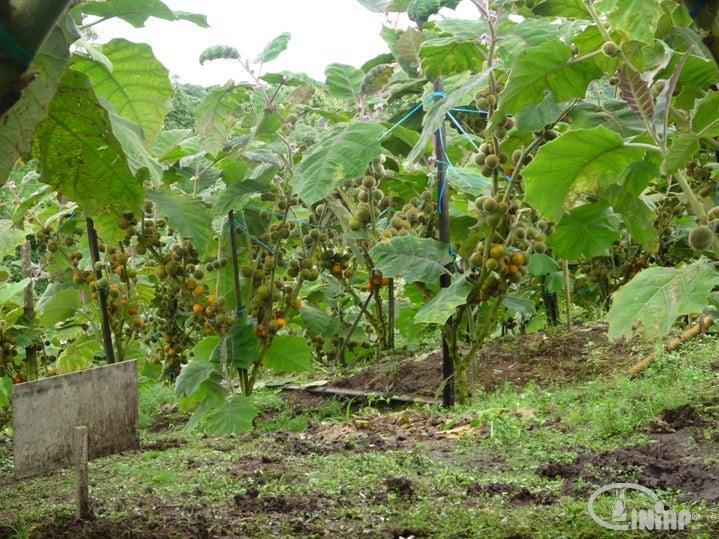

Naranjilla is a quick-growing shrub that thrives in sub-tropical conditions and provides pretty, bright orange fruits. Before growing this plant in your yard, be aware of naranjilla problems, like pests and disease, that may arise and what to do about them.
Problems with Naranjilla
Naranjilla is a fun subtropical shrub to grow that provides interesting foliage as well as tasty orange fruit. In warm climates, grow outdoors year-round, and in colder regions, either enjoy naranjilla as an annual or in a container; just watch out for its spines indoors.
Naranjilla is fairly easy to grow if you give it the right conditions. When conditions are not the best, you may run into some issues. Naranjilla will not tolerate frost, and while it can make it through a drought, it does best when watered regularly. It also suffers more than other plants when there is standing water.
Your naranjilla will be healthiest when temperatures are between 62 and 85 degrees F. (17-29 C.) and with high humidity. Soil should drain well and it will need watering only when the top layer has gone dry.
Problems Growing Naranjilla – Pests and Diseases
With good growing conditions, you can minimize the risk of these problems but they can still occur:
- Root knot nematode. One of the biggest naranjilla pest issues is this soil nematode. The microscopic worm attacks the roots, and the best way to avoid root knot nematodes is to get plants with resistant rootstock. Signs of this infection include yellowing, stunted growth, and poorly formed fruits.
- Root rot. Naranjilla diseases that are most common are related to moisture at the roots. Root rot and other fungal infections cause stunted growth, wilted and discolored leaves, and eventually die back. The roots will be soft and brown.
- Insects. Insects that may feed on or damage naranjilla include whiteflies, flea beetles, and weevils.
With the right growing conditions, you can count on naranjilla to thrive with minimal care, but there are potential problems. Nematodes are the biggest concern, but if you have resistant plants or take measures to treat your soil to eliminate these microscopic worms, you should be able to grow naranjilla relatively problem free.
Gardening tips, videos, info and more delivered right to your inbox!
Sign up for the Gardening Know How newsletter today and receive a free copy of our e-book "How to Grow Delicious Tomatoes".

Mary Ellen Ellis has been gardening for over 20 years. With degrees in Chemistry and Biology, Mary Ellen's specialties are flowers, native plants, and herbs.
-
 8 Perfect Flowers To Plant With Tomatoes To Boost Yields & Banish Pests
8 Perfect Flowers To Plant With Tomatoes To Boost Yields & Banish PestsDon’t forget flowers when choosing companion plants for your tomato beds or pots. These pretty, fragrant blooms add beauty but are also highly beneficial.
By Mary Ellen Ellis
-
 Want The Longest Lasting Hydrangea Flowers? Grow These 8 Panicle Hydrangea Varieties
Want The Longest Lasting Hydrangea Flowers? Grow These 8 Panicle Hydrangea VarietiesFor ornamental shrubs that deliver the longest flowering seasons with plush blooms and delicate hues, these panicle hydrangea varieties are essential in your yard
By Tonya Barnett
-
 Naranjilla Pest Problems: What Are Common Naranjilla Pests
Naranjilla Pest Problems: What Are Common Naranjilla PestsThe naranjilla plant is a tough little tree, but it occasionally gets attacked by naranjilla pests, notably the root knot nematode. For information about naranjilla pest problems, including a list of bugs that eat naranjilla, this article can help.
By Teo Spengler
-
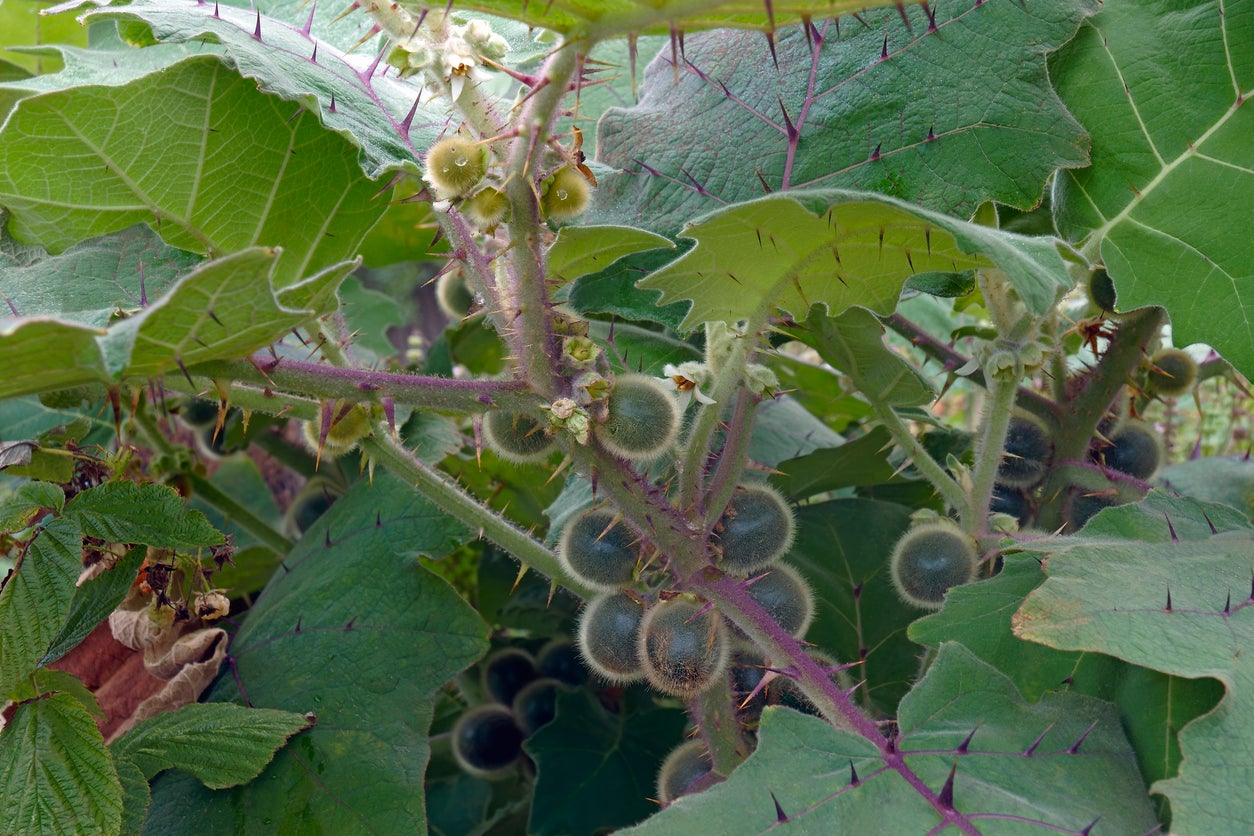 Naranjilla Propagation: Tips For Growing New Naranjilla Trees
Naranjilla Propagation: Tips For Growing New Naranjilla TreesA common name of “little orange” might lead one to think naranjilla is a citrus, but it is not. However, the taste is similar to a tart pineapple or lemon. If you want to grow this unusual specimen or have one and wish for more, learn how to propagate naranjilla here.
By Becca Badgett
-
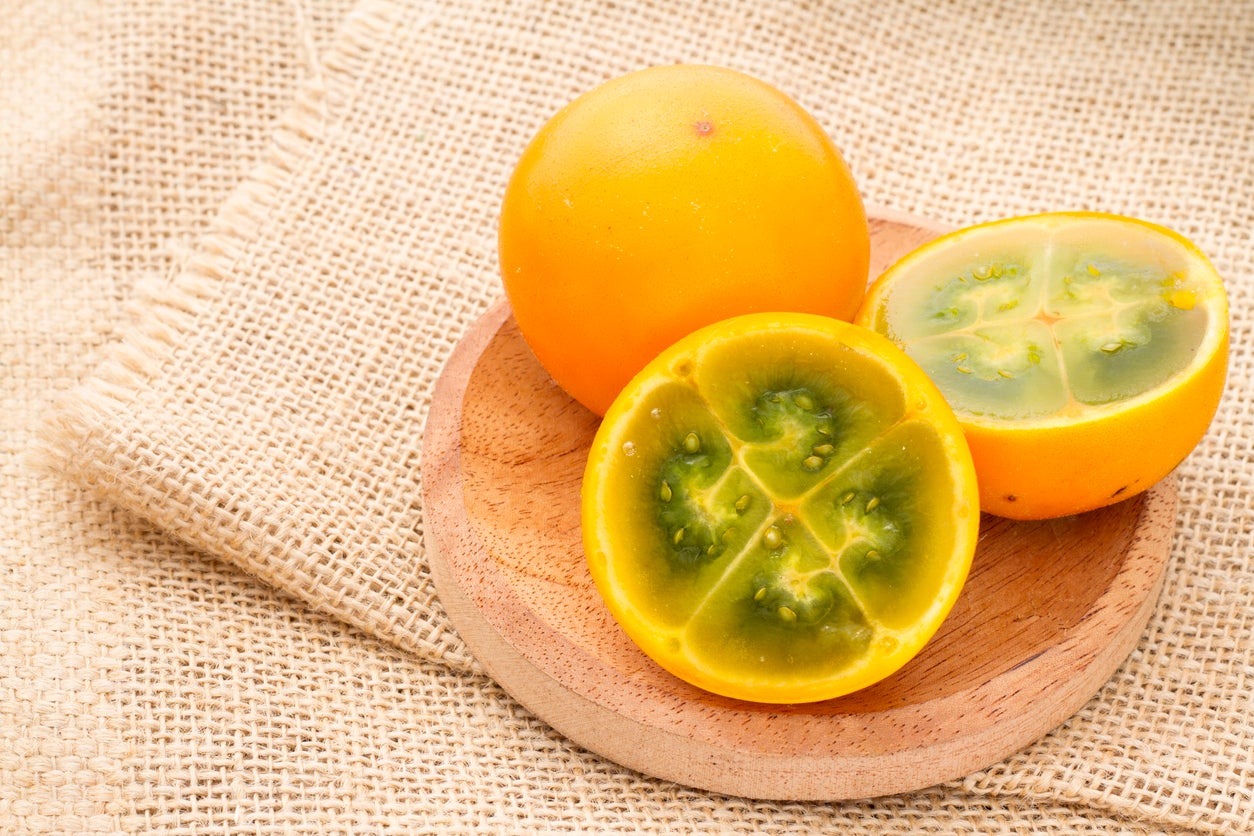 Picking Naranjilla Fruits: Tips For Harvesting Naranjilla
Picking Naranjilla Fruits: Tips For Harvesting NaranjillaNaranjilla fruit tends to be flavorless and unpleasant when unripe. However, it can be tangy and delicious if naranjilla harvest occurs at the optimum point of ripeness. So, how to you know when to harvest naranjilla? Learn more about harvesting this interesting fruit here.
By Mary H. Dyer
-
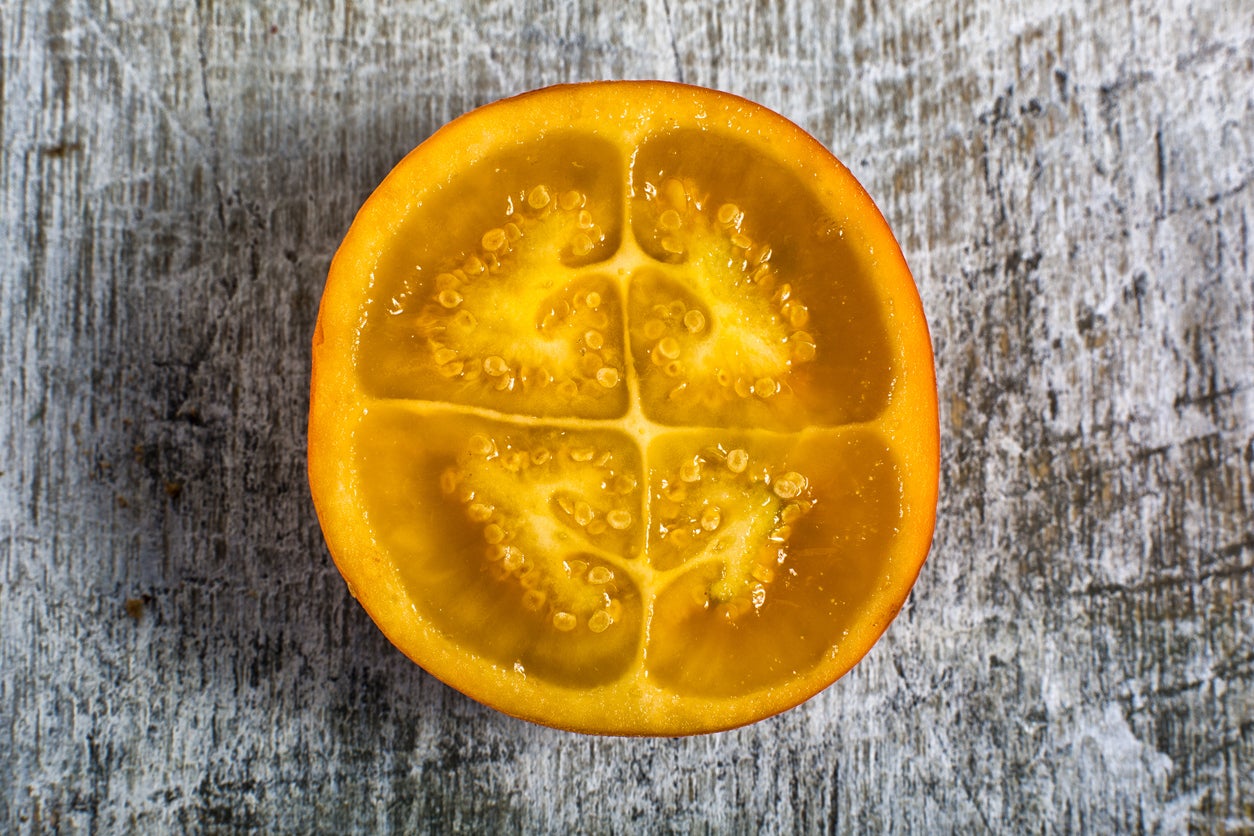 Naranjilla Seed Propagation – Learn How To Grow Naranjilla From Seed
Naranjilla Seed Propagation – Learn How To Grow Naranjilla From SeedIt’s a lot of fun to bring naranjilla into your garden, and inexpensive too, since you can easily grow naranjilla from seed. Click this article for information about naranjilla seed germination as well as tips for propagating naranjilla seeds.
By Teo Spengler
-
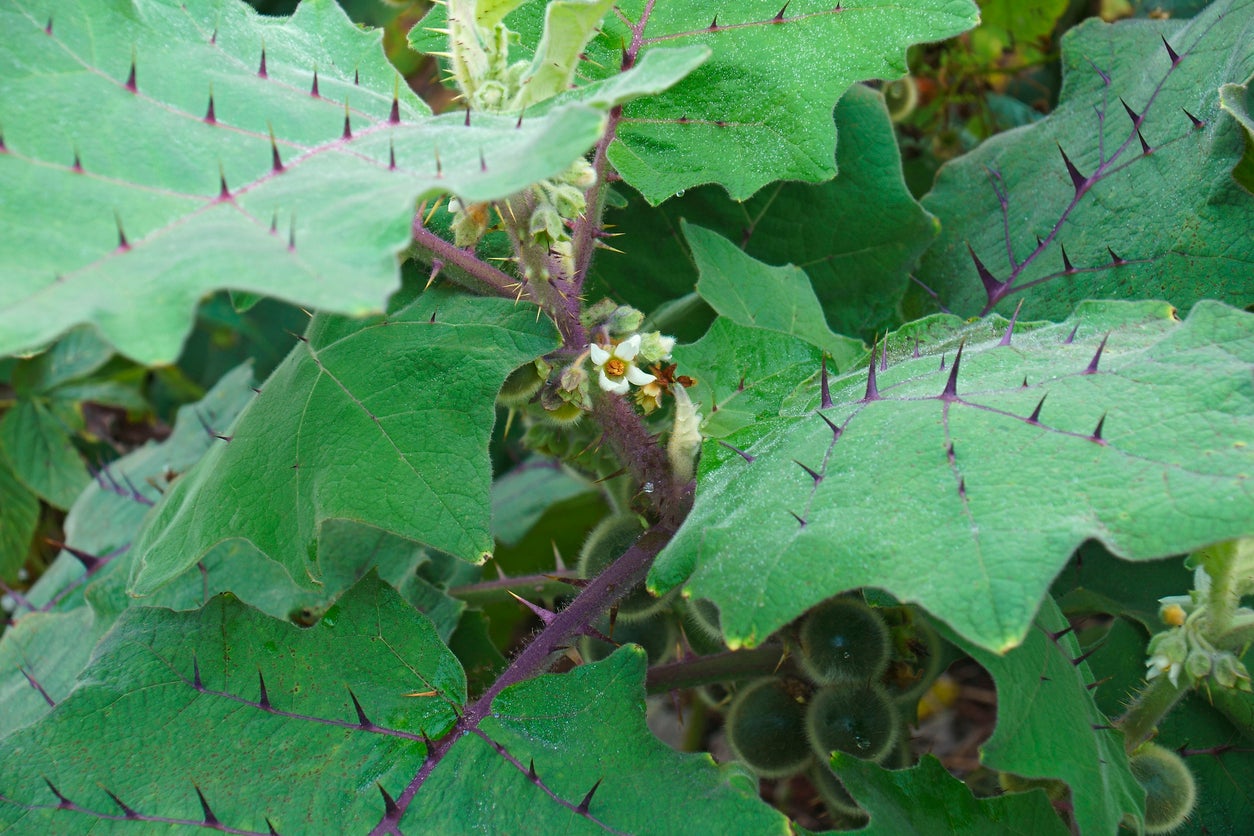 Naranjilla Layering Info: Learn How To Layer Naranjilla Trees
Naranjilla Layering Info: Learn How To Layer Naranjilla TreesInterested in learning how to layer naranjilla? Air layering, which involves rooting a naranjilla branch while it’s still attached to the parent plant, is surprisingly easy. Click on the following article to learn about naranjilla air layering propagation.
By Mary H. Dyer
-
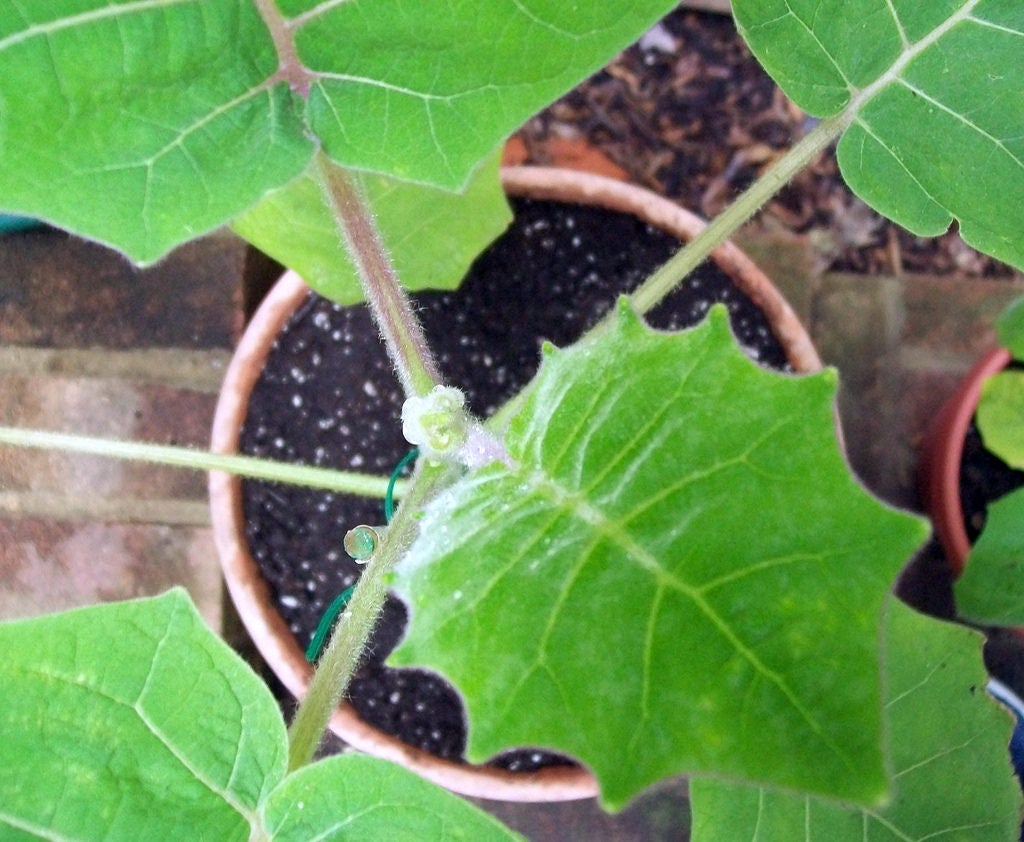 Growing Naranjilla From Cuttings – How To Root Naranjilla Cuttings
Growing Naranjilla From Cuttings – How To Root Naranjilla CuttingsCan you grow naranjilla from cuttings? Yes, you sure can, and it’s not all that difficult. Click on the following article to learn about naranjilla cutting propagation and growing naranjilla from cuttings.
By Mary H. Dyer
-
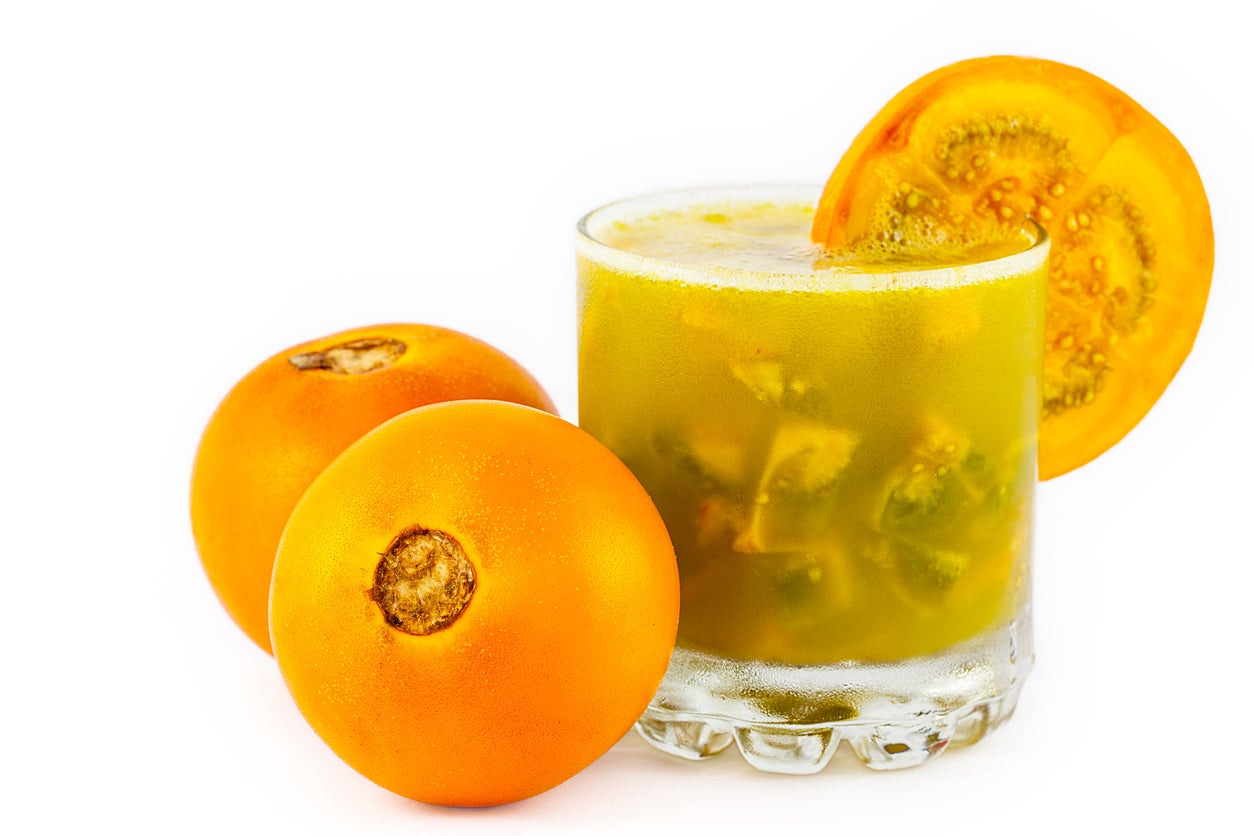 Eating Naranjilla – Learn How To Use Naranjilla Fruit
Eating Naranjilla – Learn How To Use Naranjilla FruitNaranjilla is indigenous to Colombia, Ecuador, Peru and Venezuela. If visiting these countries, it is highly recommended that you try eating it. Each culture has a different way of using naranjilla fruit; all are delicious. How do the locals use naranjilla? Find out here.
By Amy Grant
-
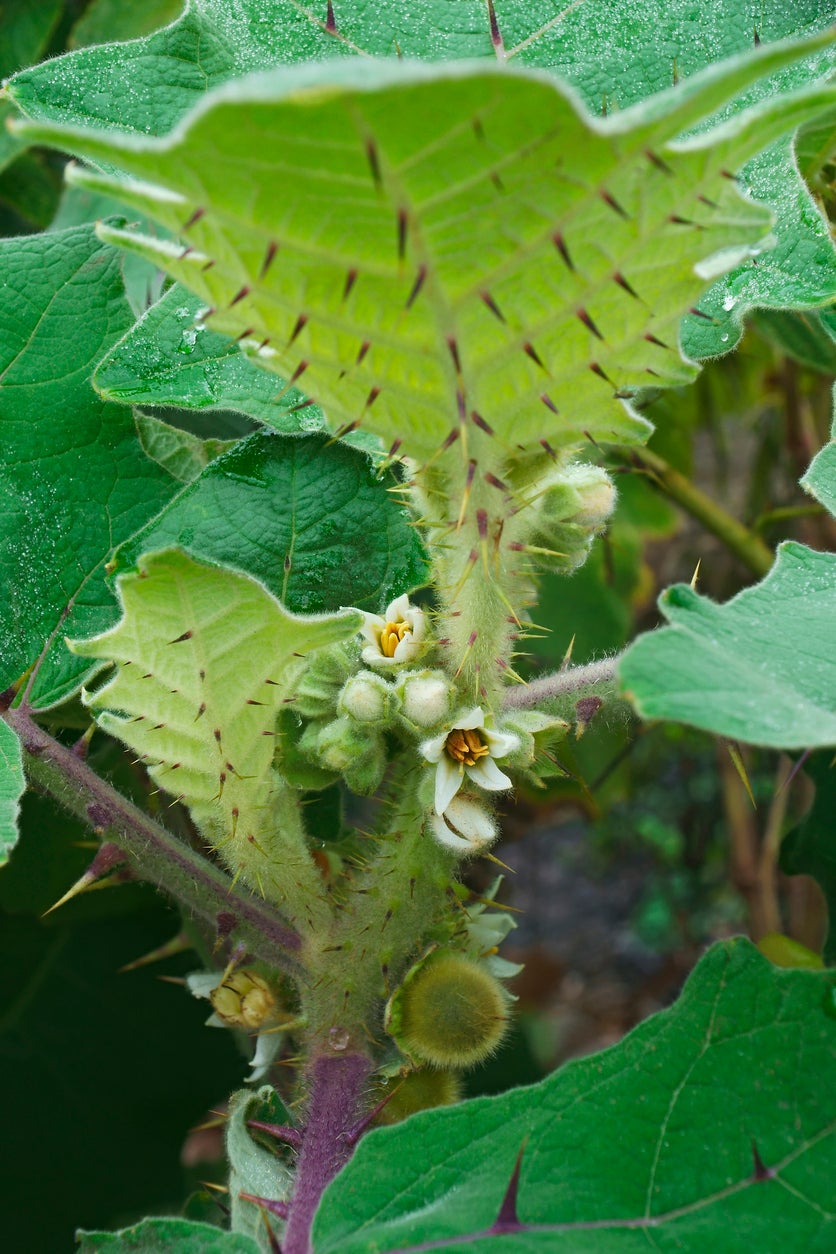 Kinds Of Naranjilla Fruit: Are There Different Varieties Of Naranjilla
Kinds Of Naranjilla Fruit: Are There Different Varieties Of NaranjillaThere are three naranjilla varieties: spineless types of naranjilla cultivated in Ecuador, spined varieties of naranjilla grown primarily in Colombia and another type called baquicha. The following article discusses the three different naranjilla varieties.
By Amy Grant